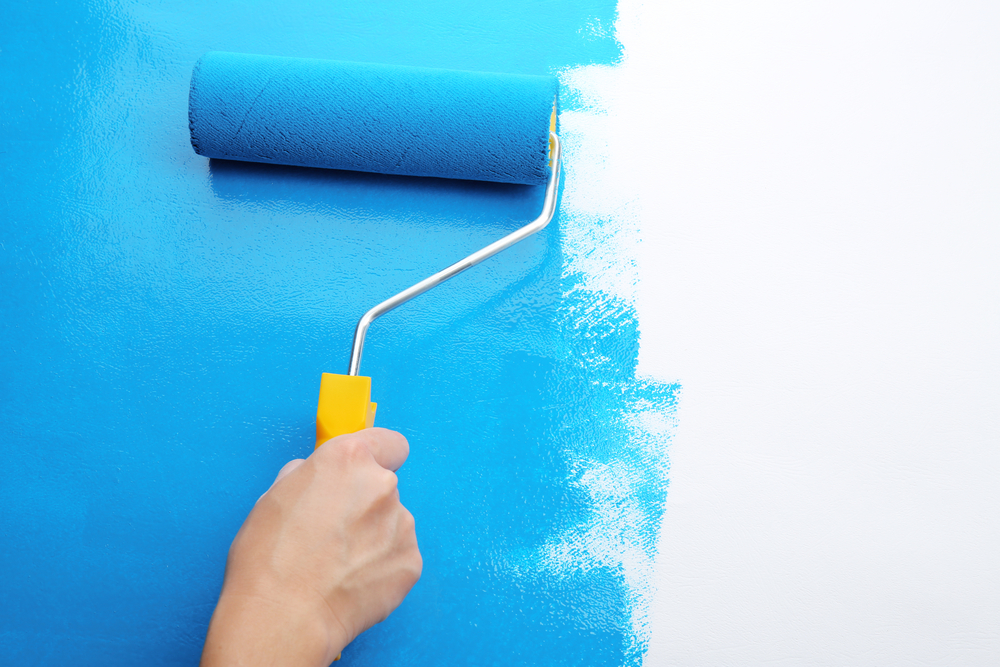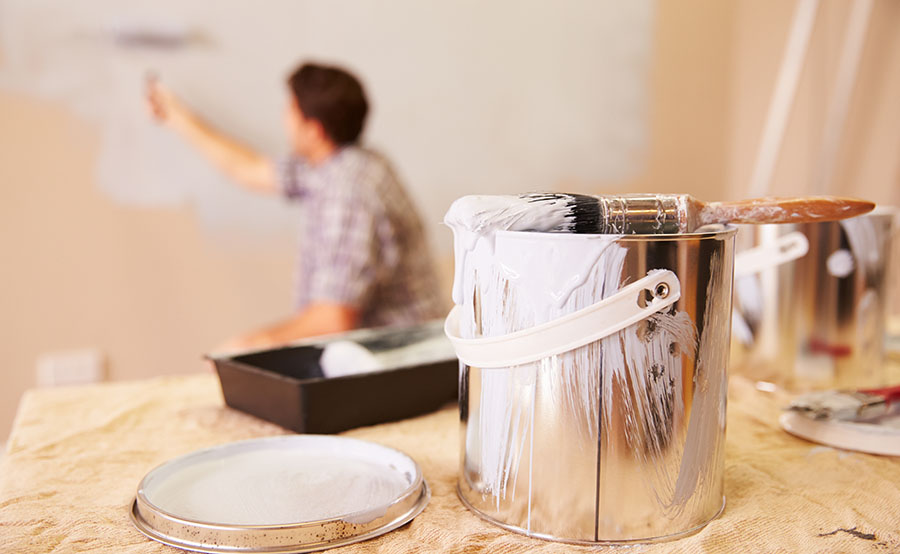Tips for Painting Your Living Room
Painting your living room can be a fun and exciting project that can completely transform the look and feel of your home. However, it can also be a daunting task if you don't know where to start. Here are some helpful tips to make the process easier and ensure a successful paint job.
How to Choose the Right Paint Color for Your Living Room
The first step in painting your living room is choosing the right paint color. It's important to consider the size of your room, the amount of natural light, and the overall style and decor of your home. Cool colors such as blues and greens can create a calming and relaxing atmosphere, while warm colors like reds and yellows can add energy and warmth to the space. Keep in mind that neutral colors like beige, gray, and white are always a safe and versatile option.
Step-by-Step Guide to Painting Your Living Room
Once you have chosen your paint color, it's time to start the painting process. Here is a step-by-step guide to help you through the process.
Step 1: Prep the room. This involves removing furniture, covering the floors and any other surfaces you don't want to get paint on, and filling any holes or cracks in the walls.
Step 2: Clean the walls. Use a mild detergent and warm water to clean the walls and remove any dirt, dust, or grease that could affect the paint's adhesion.
Step 3: Prime the walls. If your walls are stained or discolored, it's recommended to prime them before painting to ensure the paint adheres properly and creates an even finish.
Step 4: Cut in the edges. Use a brush to cut in along the edges of the walls, ceiling, and trim before using a roller for the larger surfaces.
Step 5: Paint the walls. Use a roller to apply the paint in a W pattern, and then fill it in with long, even strokes. It's best to apply at least two coats for a smooth and durable finish.
Step 6: Clean up. Remove any tape, put back any furniture or decor, and clean up any mess before allowing the paint to dry completely.
Best Paint Brands for Your Living Room
Choosing the right paint brand is just as important as choosing the right color. Here are some of the top paint brands that are known for their quality and durability.
Sherwin-Williams - This brand offers a wide range of colors and finishes, and their paints have excellent coverage and durability.
Benjamin Moore - Another popular brand with a large selection of colors and finishes, and their paints are known for their easy application and long-lasting results.
Behr - This brand offers high-quality paints at a more affordable price, and their paints are known for their excellent coverage and color selection.
How to Prep Your Living Room for Painting
Preparation is key to achieving a professional-looking paint job. Here are some steps to help you prepare your living room for painting.
Clear the room. Remove all furniture, decor, and any other items from the room to avoid getting paint on them.
Cover the floors and surfaces. Use drop cloths or plastic sheets to cover the floors and any other surfaces that you don't want to get paint on.
Repair any damage. Fill any holes, cracks, or imperfections in the walls with spackle or putty and sand them down for a smooth surface.
Clean the walls. Use a mild detergent and warm water to clean the walls and remove any dirt, dust, or grease.
Choosing the Right Paint Finish for Your Living Room
The type of paint finish you choose can greatly impact the look and feel of your living room. Here are some common paint finishes and their recommended use.
Matte - This finish has no shine or gloss and is ideal for hiding imperfections. It's best used in low-traffic areas like bedrooms and living rooms.
Eggshell - This finish has a slight sheen and is more durable than matte. It's recommended for high-traffic areas like living rooms and hallways.
Satin - This finish has a soft sheen and is easy to clean, making it suitable for kitchens, bathrooms, and children's rooms.
Semi-gloss - This finish has a noticeable shine and is extremely durable and easy to clean. It's ideal for trim, doors, and cabinets.
Common Mistakes to Avoid When Painting Your Living Room
While painting your living room can be a DIY project, there are some common mistakes that can ruin your paint job. Here are some things to avoid when painting your living room.
Skipping prep work. Skipping steps like cleaning, priming, and repairing can result in an uneven and less durable paint job.
Using low-quality paint. Cheap paint may seem like a money-saving option, but it can result in poor coverage, streaks, and an overall unsatisfactory finish.
Rushing the process. Painting takes time and patience, and rushing the process can lead to mistakes and a less-than-perfect result.
How to Save Money on Painting Your Living Room
Painting your living room doesn't have to break the bank. Here are some tips to help you save money on your paint job.
Do it yourself. By painting your living room yourself, you can save on labor costs and have more control over the result.
Buy in bulk. Many paint stores offer discounts when you purchase paint in larger quantities, so consider buying in bulk if you have multiple rooms to paint.
Look for sales or coupons. Keep an eye out for sales or coupons at your local paint store to save on your paint purchase.
DIY vs Hiring a Professional for Painting Your Living Room
Deciding whether to paint your living room yourself or hire a professional is a personal choice. Here are some factors to consider when making your decision.
Time and skill. Painting can be time-consuming and requires some skill and patience. If you have the time and are comfortable with DIY projects, then painting yourself may be a good option.
Cost. Hiring a professional can be more expensive, but they have the expertise and tools to ensure a high-quality and efficient paint job.
Size of the room. If your living room is large and has high ceilings, it may be more challenging for a DIY project, and hiring a professional may be a better option.
How to Achieve a Professional Look When Painting Your Living Room
With the right tools and techniques, you can achieve a professional-looking paint job in your living room. Here are some tips to help you achieve a flawless finish.
Invest in quality tools. Quality paint brushes, rollers, and painter's tape can make a significant difference in the outcome of your paint job.
Use a primer. As mentioned, using a primer can help the paint adhere better and create a smoother finish.
Apply multiple coats. It's best to apply at least two coats of paint for a more even and durable finish.
Take your time. Painting can be a tedious process, but taking your time and being patient will result in a better-looking paint job.
Choosing the Right Paint for Your Living Room

Transform Your Space with a Fresh Coat of Paint
 When it comes to designing your home, paint plays a crucial role in setting the tone and ambiance of each room. And if you're looking to give your living room a fresh new look, a simple coat of paint can do wonders. However, with so many options available, it can be overwhelming to choose the right paint for your living room. That's where we come in. Our team of experts is here to guide you through the process and help you achieve your desired result.
Consider the Lighting
One of the first things to consider when choosing a paint color for your living room is the lighting. Natural light and artificial light can greatly affect the way a color looks in a room. If your living room receives a lot of natural light, you may want to opt for cooler tones like blues or greens to balance out the warmth. On the other hand, if your living room is lacking in natural light, warmer tones like yellows or oranges can create a cozy and inviting atmosphere.
Think About the Size of Your Room
The size of your living room is another important factor to consider when choosing a paint color. If your living room is small, lighter shades can help create the illusion of a larger space. On the other hand, if you have a larger living room, you can experiment with darker shades to add depth and warmth to the room.
Consider Your Décor
Your living room's paint color should complement your existing décor. If you have bold and colorful furniture, you may want to opt for a neutral paint color to balance it out. Conversely, if your furniture is more neutral, you can add a pop of color with your paint choice. Don't be afraid to get creative and mix and match colors to achieve a cohesive and visually appealing look.
Consult a Professional
If you're still unsure about which paint color to choose for your living room, it may be beneficial to consult a professional interior designer. They can offer expert advice and help you choose a color that not only suits your personal style but also enhances the overall design of your living room.
Conclusion
Choosing the right paint for your living room can seem like a daunting task, but with the right guidance, it can be a fun and exciting process. Consider the lighting, size of your room, and existing décor to make an informed decision. And if you need additional help, don't hesitate to consult a professional. With the right paint color, you can transform your living room into a space that reflects your personal style and creates a warm and inviting atmosphere for you and your loved ones.
When it comes to designing your home, paint plays a crucial role in setting the tone and ambiance of each room. And if you're looking to give your living room a fresh new look, a simple coat of paint can do wonders. However, with so many options available, it can be overwhelming to choose the right paint for your living room. That's where we come in. Our team of experts is here to guide you through the process and help you achieve your desired result.
Consider the Lighting
One of the first things to consider when choosing a paint color for your living room is the lighting. Natural light and artificial light can greatly affect the way a color looks in a room. If your living room receives a lot of natural light, you may want to opt for cooler tones like blues or greens to balance out the warmth. On the other hand, if your living room is lacking in natural light, warmer tones like yellows or oranges can create a cozy and inviting atmosphere.
Think About the Size of Your Room
The size of your living room is another important factor to consider when choosing a paint color. If your living room is small, lighter shades can help create the illusion of a larger space. On the other hand, if you have a larger living room, you can experiment with darker shades to add depth and warmth to the room.
Consider Your Décor
Your living room's paint color should complement your existing décor. If you have bold and colorful furniture, you may want to opt for a neutral paint color to balance it out. Conversely, if your furniture is more neutral, you can add a pop of color with your paint choice. Don't be afraid to get creative and mix and match colors to achieve a cohesive and visually appealing look.
Consult a Professional
If you're still unsure about which paint color to choose for your living room, it may be beneficial to consult a professional interior designer. They can offer expert advice and help you choose a color that not only suits your personal style but also enhances the overall design of your living room.
Conclusion
Choosing the right paint for your living room can seem like a daunting task, but with the right guidance, it can be a fun and exciting process. Consider the lighting, size of your room, and existing décor to make an informed decision. And if you need additional help, don't hesitate to consult a professional. With the right paint color, you can transform your living room into a space that reflects your personal style and creates a warm and inviting atmosphere for you and your loved ones.

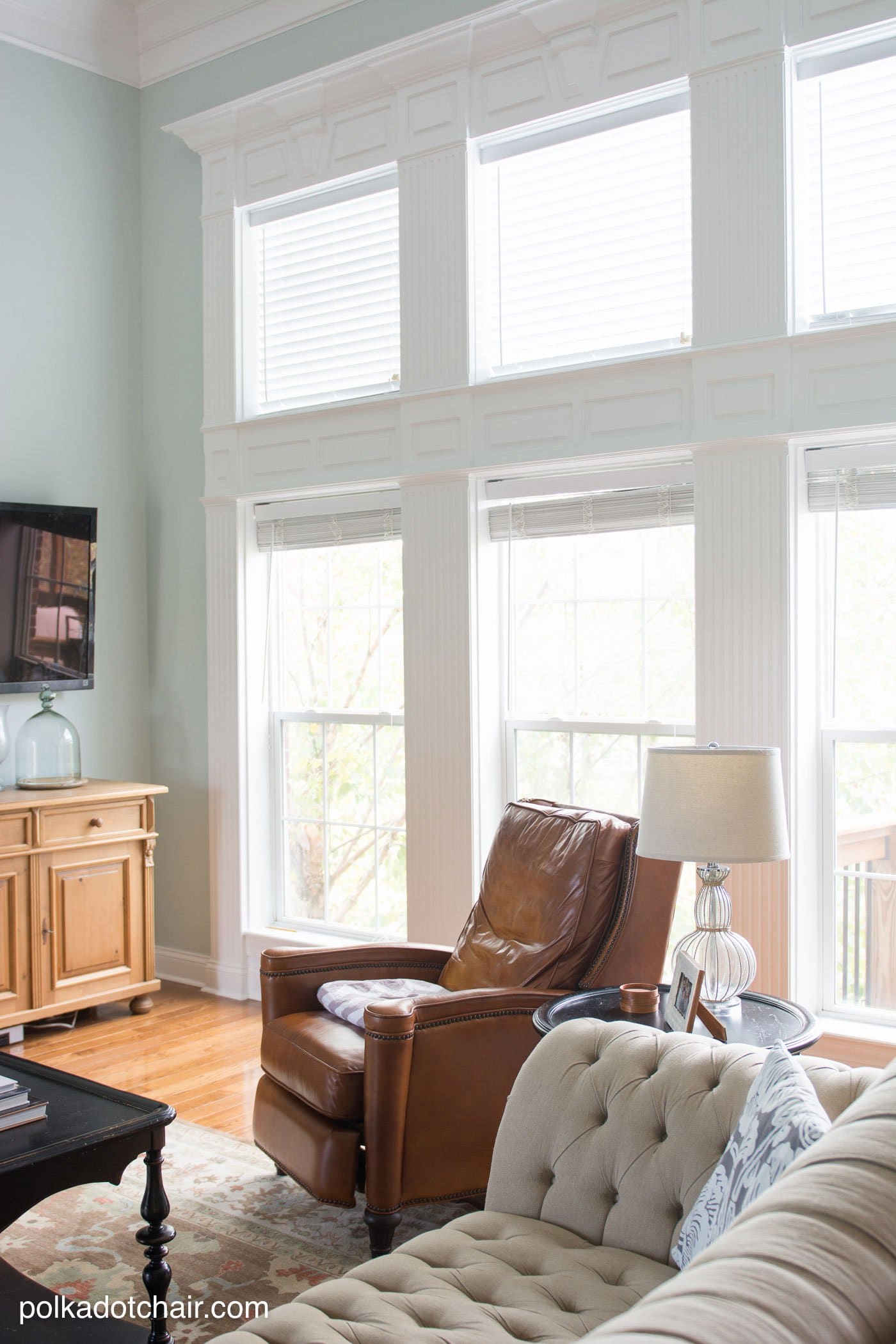



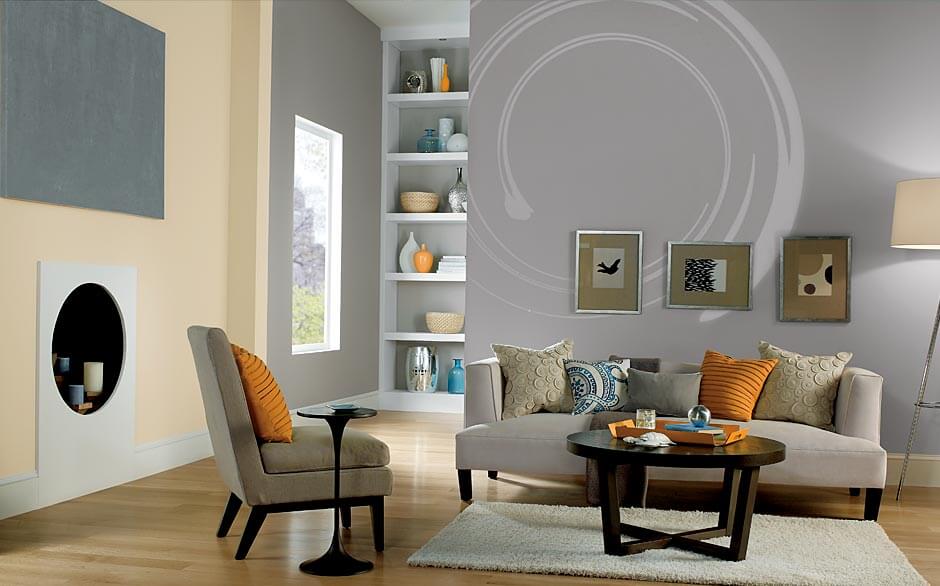

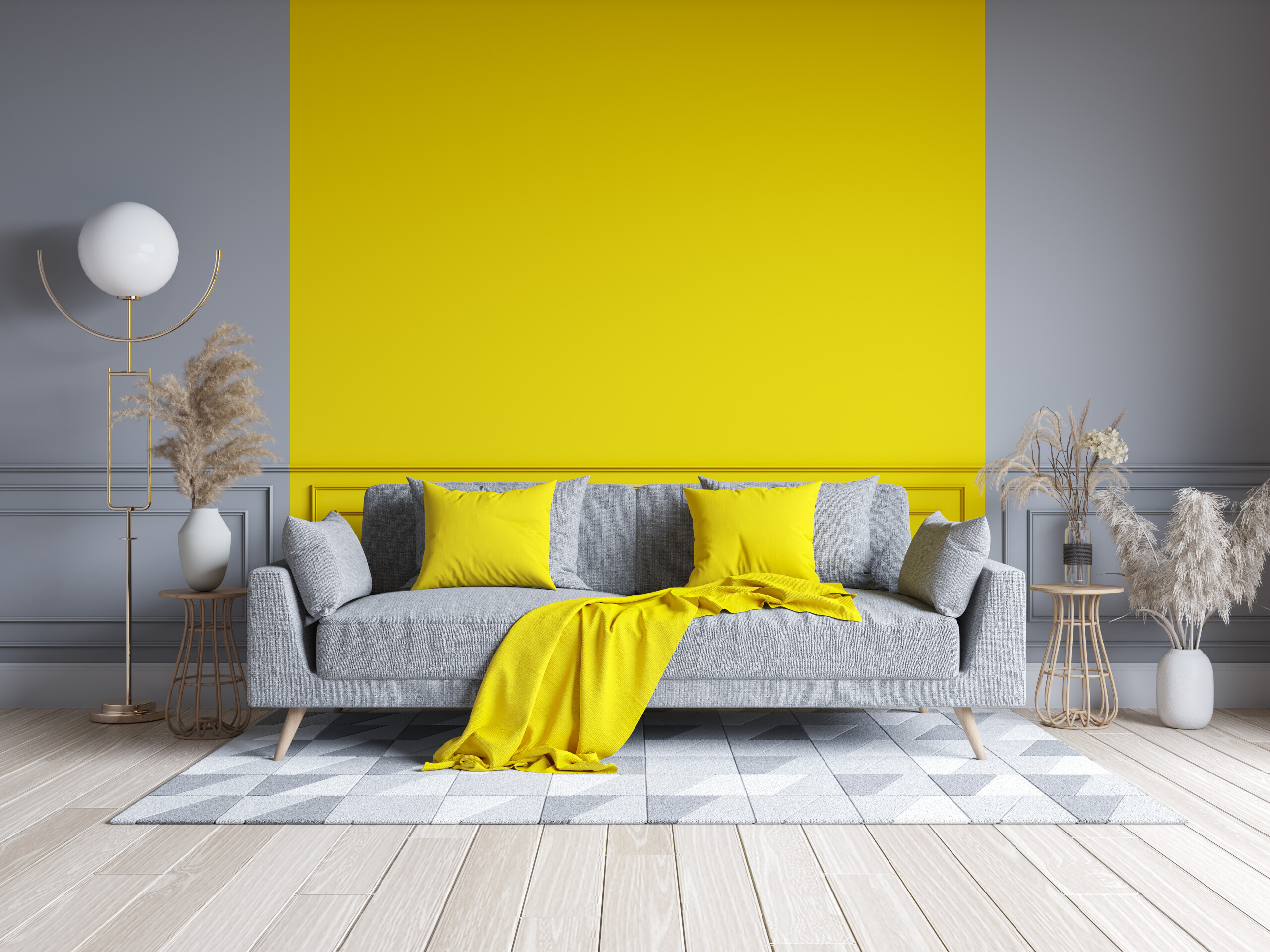
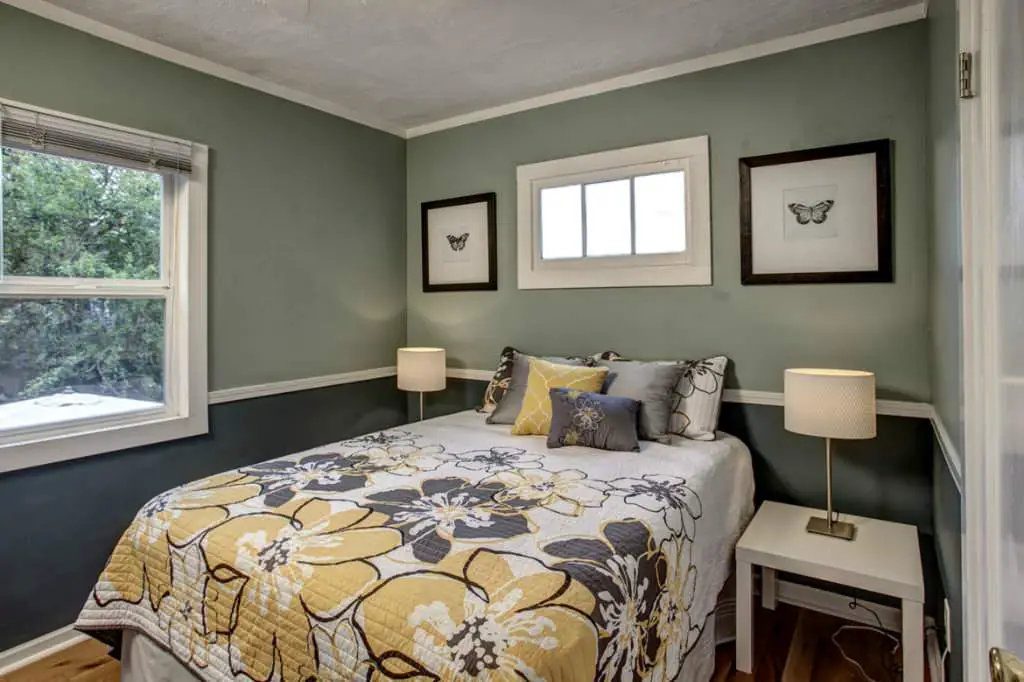








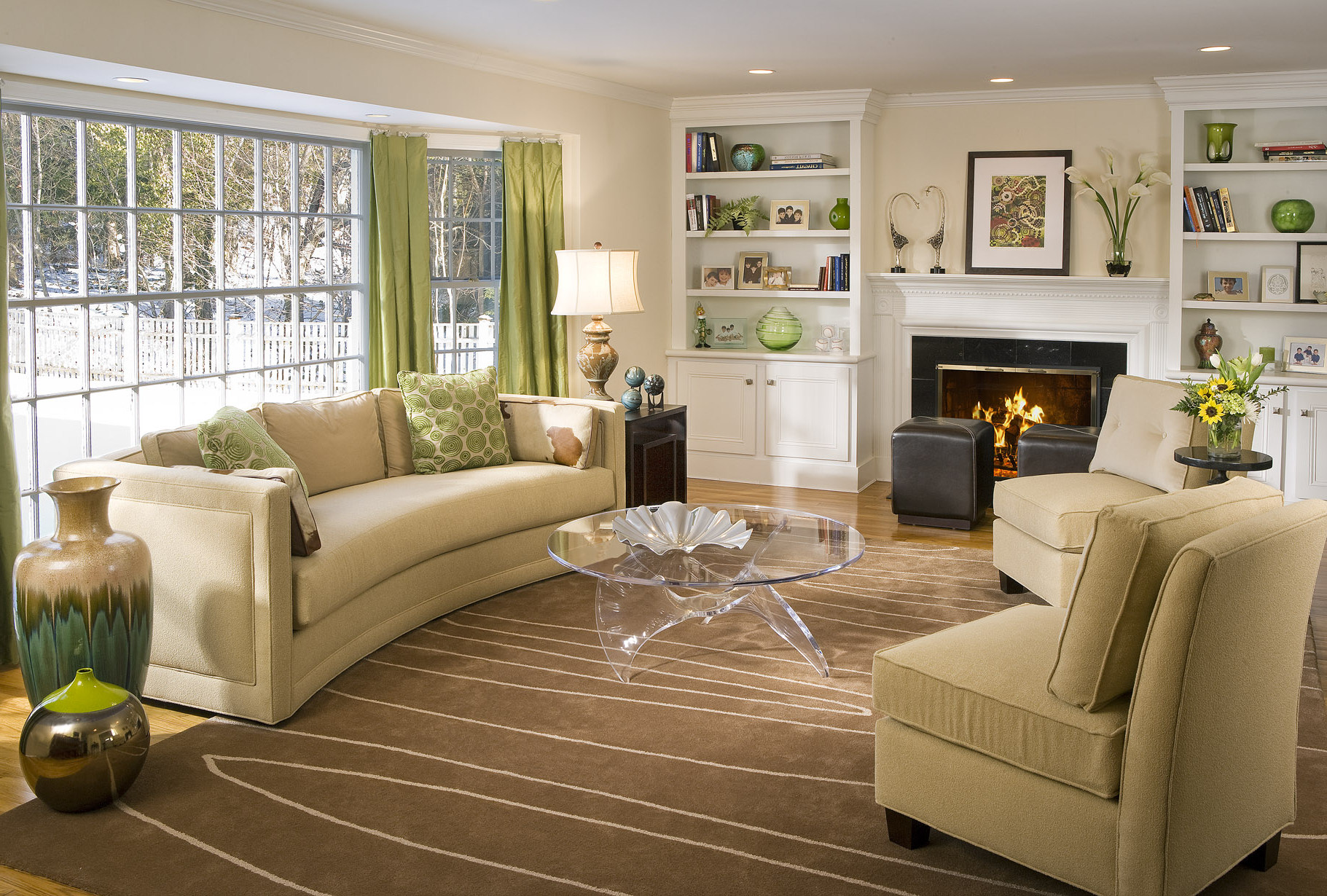












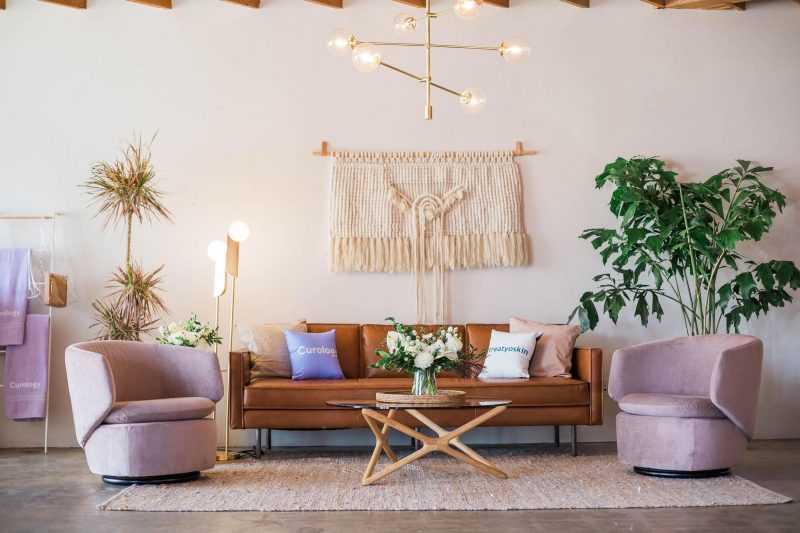

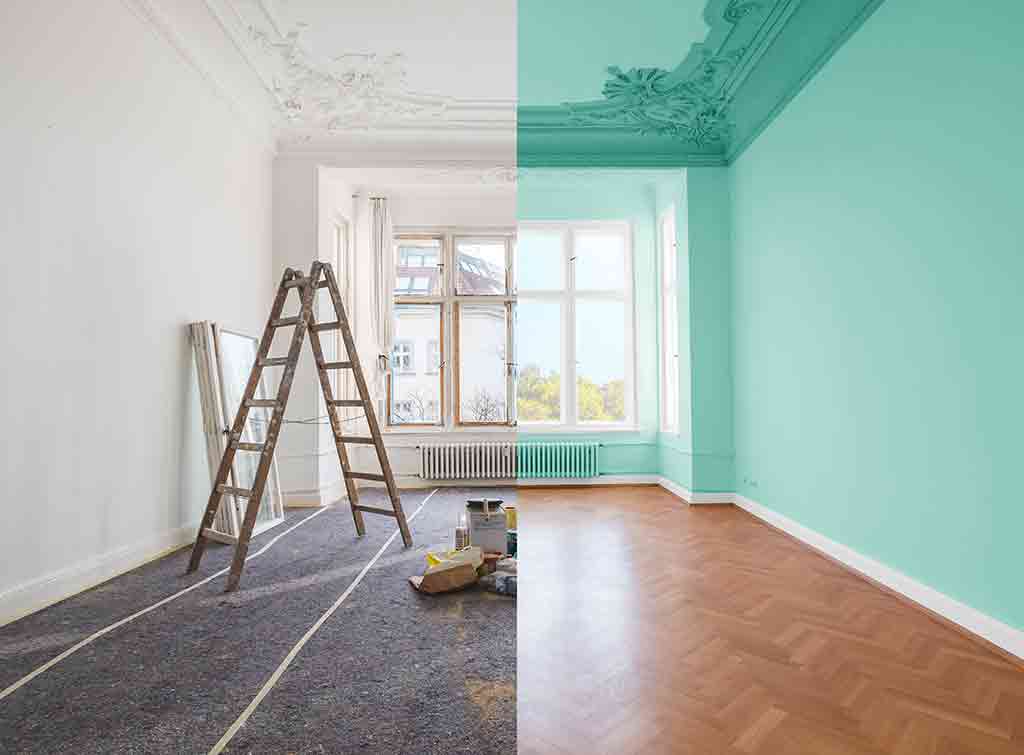


:max_bytes(150000):strip_icc()/Sherwin-williams-paint-5aebc9543de4230038567199.jpg)

:max_bytes(150000):strip_icc()/Image1-56a528b35f9b58b7d0db2f5d.jpg)
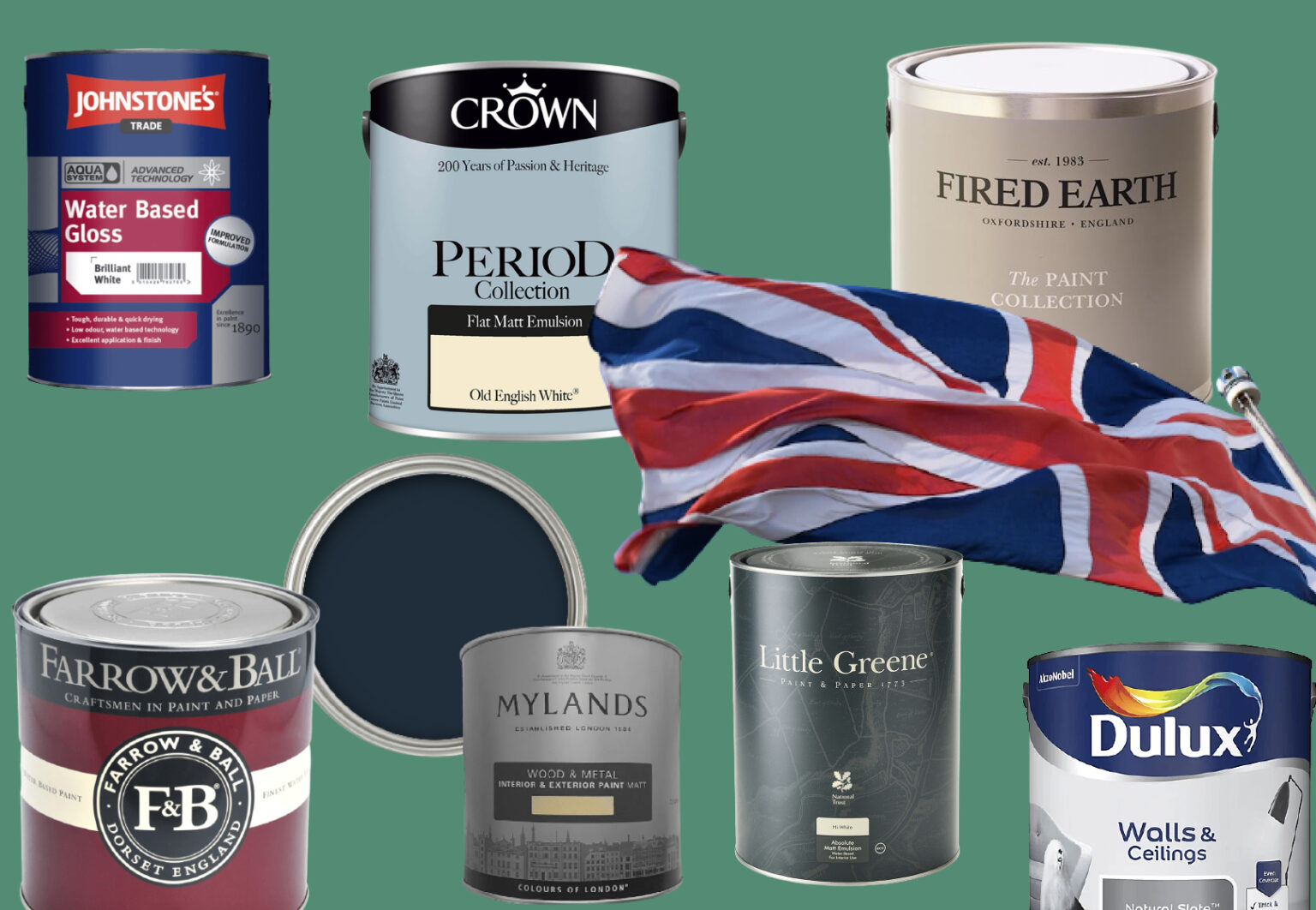




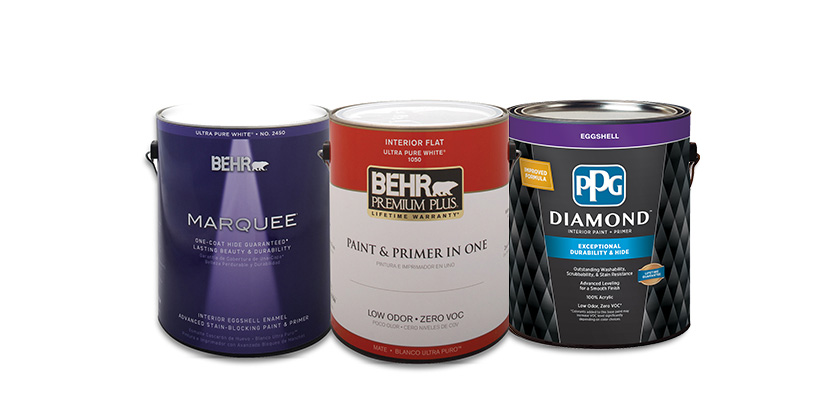





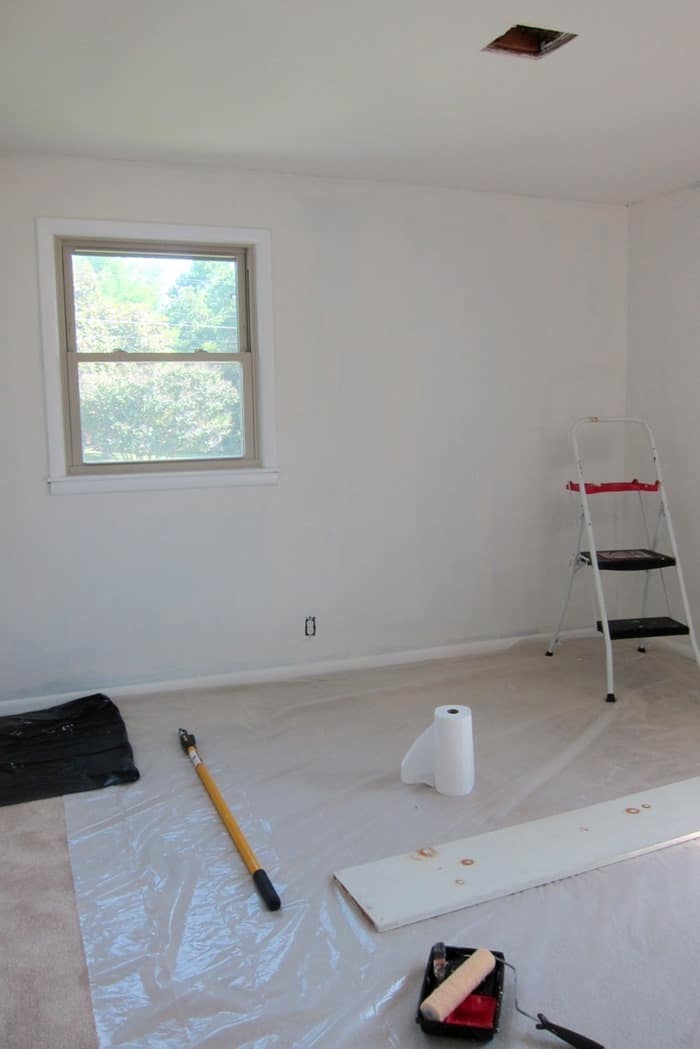


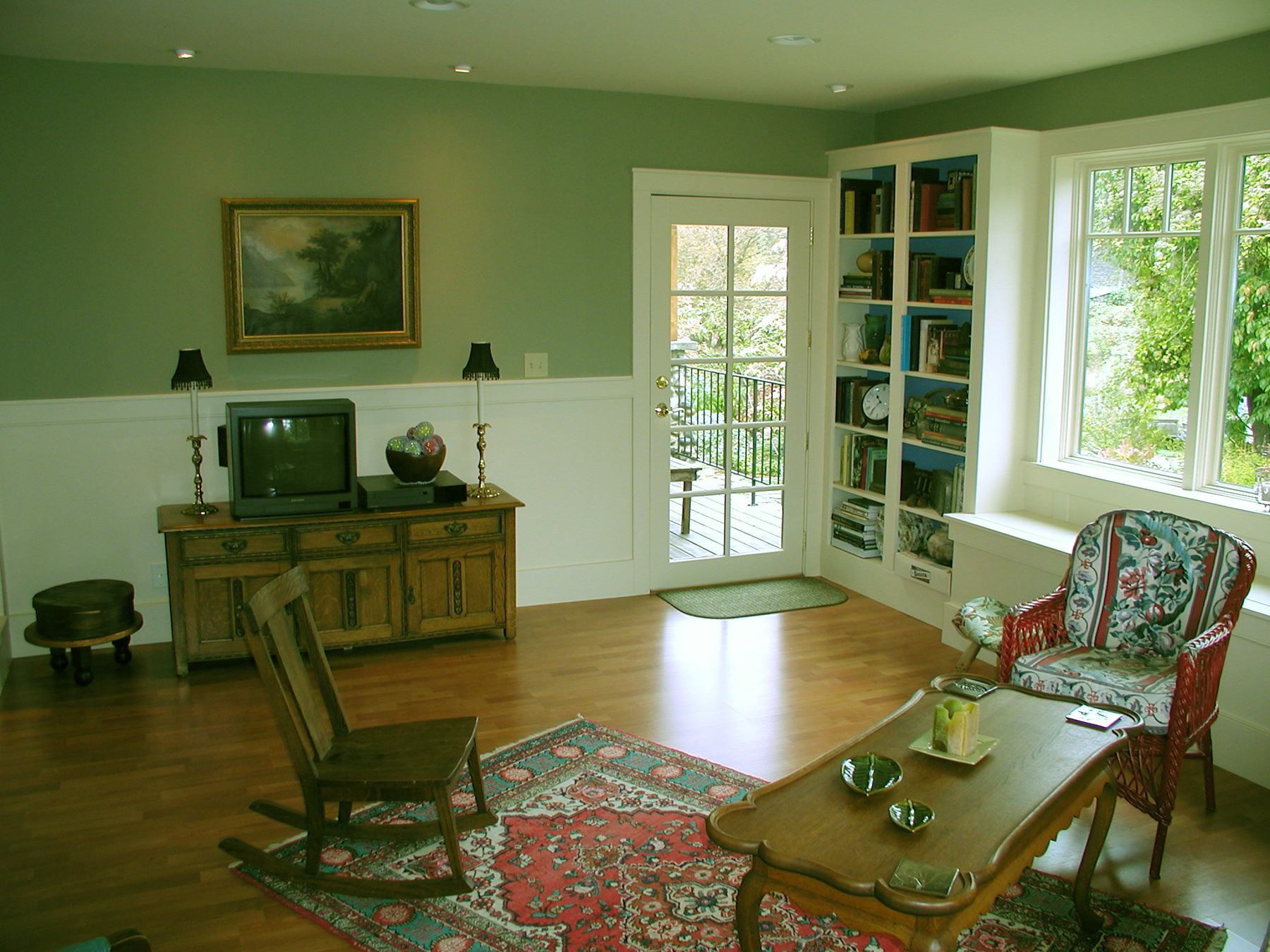









:max_bytes(150000):strip_icc()/choosing-interior-paint-colors-4011484-007-b567461297e44c4f8a84f1088e1f40ea.jpg)
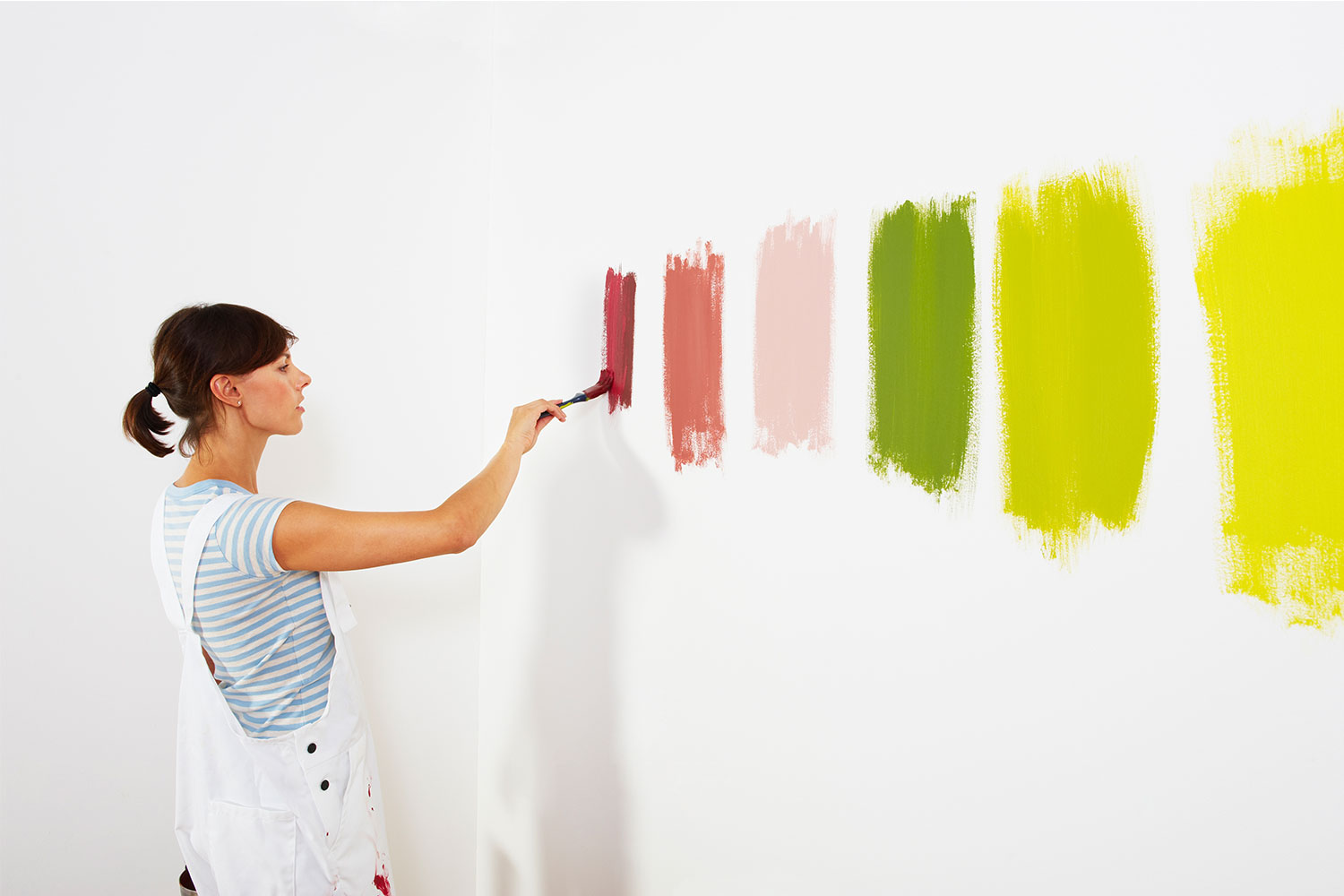



/Modern-living-room-GettyImages-697535803-58ac763e5f9b58a3c93ac8f4.jpg)



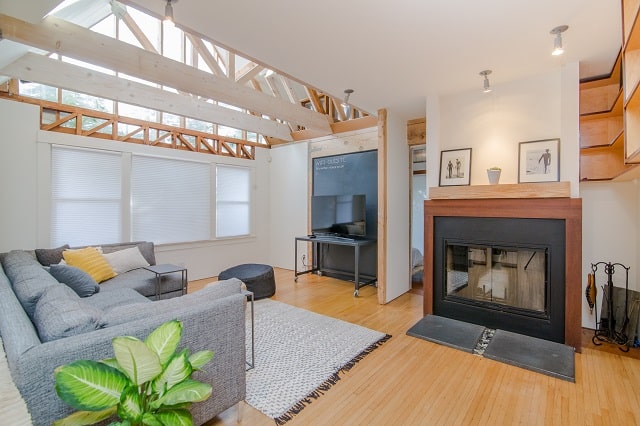



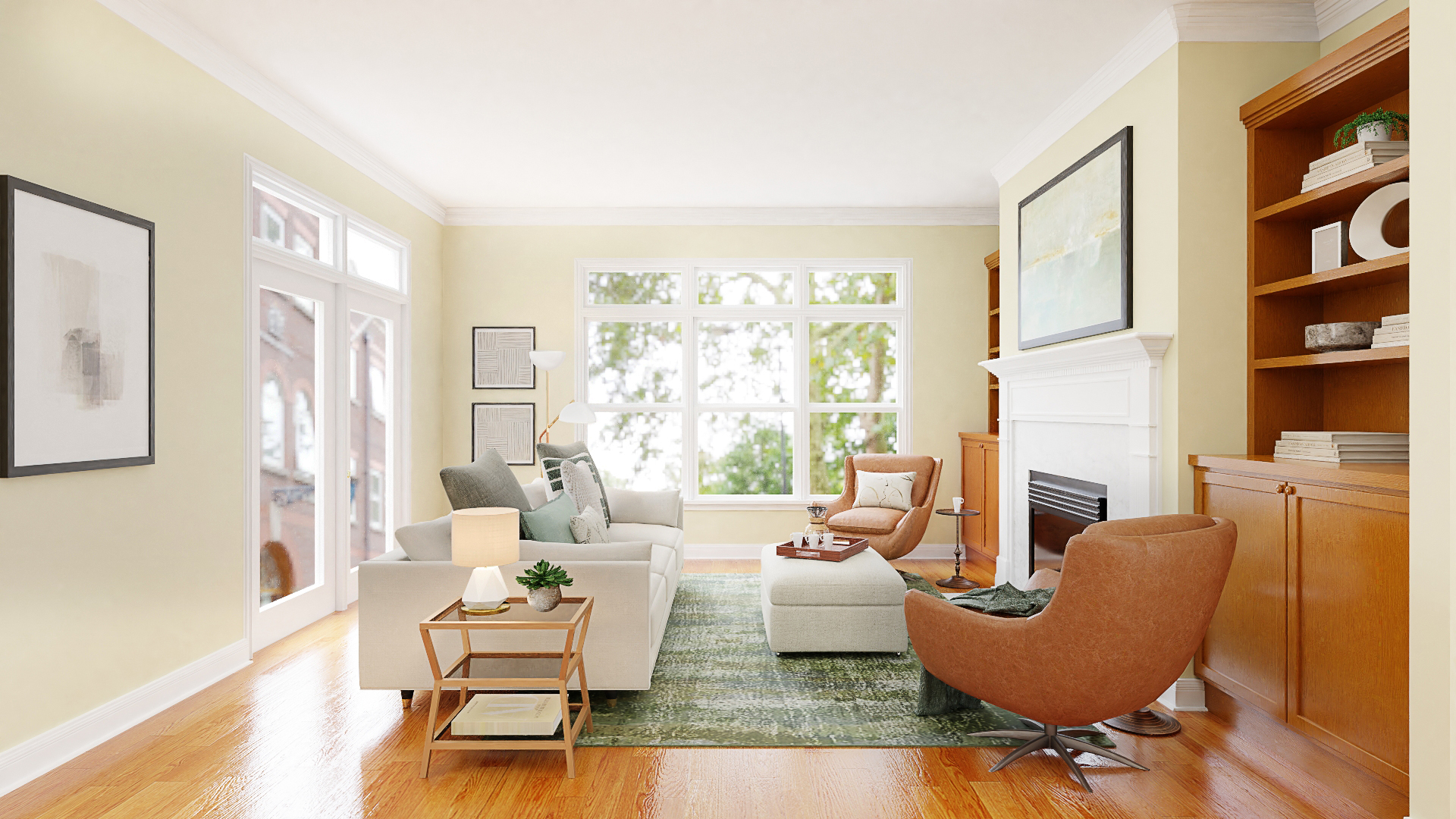













:max_bytes(150000):strip_icc()/living-room-area-rugs-1977221-e10e92b074244eb38400fecb3a77516c.png)



